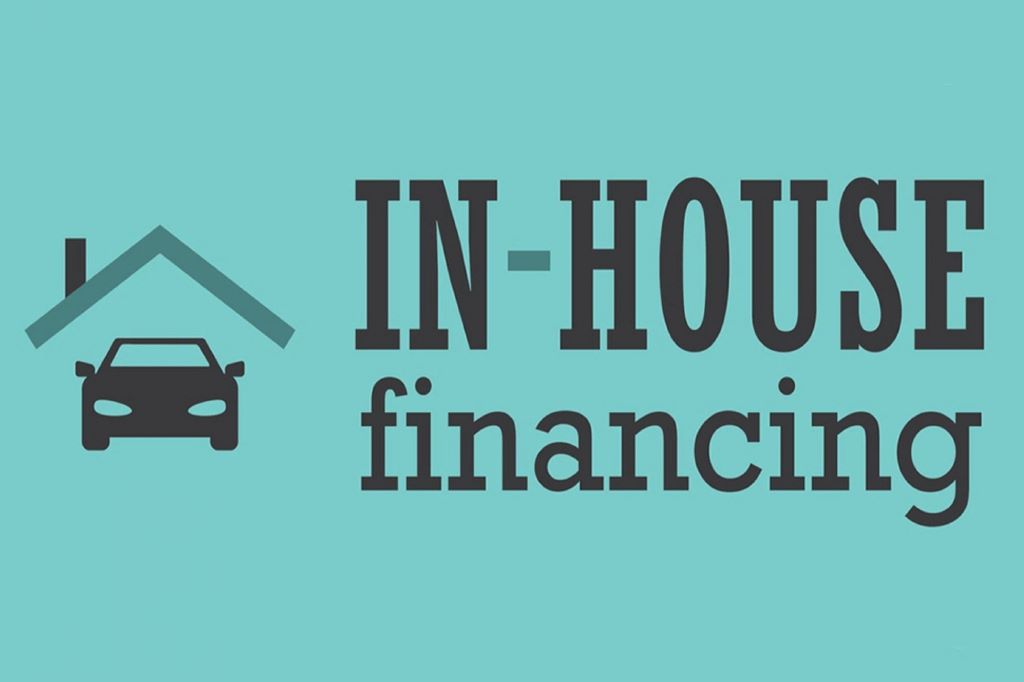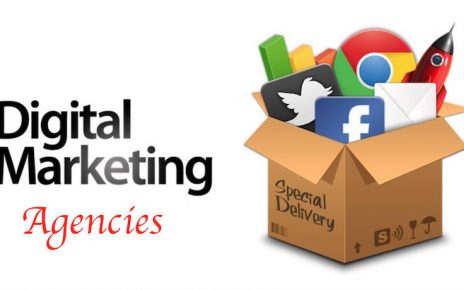When you’re buying a car, furniture, or even real estate, you’re often presented with an option: in-house financing. For many buyers, this option is attractive—quick approval, fewer hoops, and flexible terms. But is it too good to be true?
Let’s dive deep into the world of in-house financing. This guide will walk you through what it is, how it works, who benefits, and what to watch out for.
What Is In-House Financing?
In-house financing is when the seller provides the loan directly to the buyer, bypassing third-party lenders like banks or credit unions. It’s often offered by car dealerships, furniture stores, and some real estate developers.
Unlike traditional lending, the business becomes both the seller and the lender. This dual role creates flexibility—but also potential risks.
According to Experian, in-house financing often appeals to buyers with bad or limited credit. These lenders may approve customers that traditional institutions decline.
Why Do Businesses Offer In-House Financing?
Businesses offer in-house financing to expand their customer base. It allows them to sell to people who might not qualify for a traditional loan.
More buyers = more sales.
This strategy is particularly effective in the auto and furniture industries. For example, Carvana and DriveTime have built billion-dollar empires on in-house car loans. They advertise “no credit, no problem,” giving them a competitive edge.
From the business side, they can also earn interest revenue in addition to profits on the product sold. This boosts their bottom line significantly.
Benefits
Easier Qualification
Credit checks are often relaxed. Some businesses don’t even pull credit reports.
According to TransUnion, nearly 30% of Americans have subprime credit. In-house financing can be a lifeline for them.
Faster Approval Process
In-house lenders are not bogged down by bureaucracy. Many buyers receive approval the same day.
This speed is especially important in high-pressure purchases like cars or homes.
Negotiable Terms
Because the seller controls the financing, there’s room for negotiation on interest rates, down payments, and monthly installments.
This flexibility is rarely available through banks.
Downsides and Risks
Higher Interest Rates
In-house financing typically comes with higher interest rates. Sellers offset the risk of lending to subprime borrowers by increasing costs.
According to NerdWallet, in-house loans may have APRs between 15% and 25%. That’s significantly higher than most bank loans.
Limited Consumer Protections
When you borrow from a bank, you’re covered by federal regulations like the Truth in Lending Act (TILA). Some in-house lenders operate in a legal gray area, especially “Buy Here Pay Here” car lots.
Lack of oversight can lead to predatory practices.
Repossession Risk
Miss one payment? Some in-house lenders repossess swiftly.
Consumer watchdogs have flagged this aggressive tactic, especially in the auto industry. A Consumer Reports investigation found that some in-house auto lenders repossess within days of a missed payment.

Who Should Consider In-House Financing?
People With Poor or No Credit
If banks have denied your application, in-house financing might be your only path.
Self-Employed or Gig Workers
Traditional lenders often frown on fluctuating income. In-house lenders are more lenient.
Buyers Seeking Fast Approval
Need a car or home quickly? In-house lenders skip the red tape.
However, always compare rates and terms. In-house financing should be a stepping stone, not a long-term trap.
Real-Life Example: Car Dealerships
Take a dealership like DriveTime. They specialize in financing buyers with subprime credit. Their approval process is digital, quick, and requires minimal documentation.
But customers often end up paying much more in interest over time. A $10,000 car might cost $15,000+ after interest.
Reviews on Trustpilot are mixed. Some love the ease and speed; others criticize the high payments and aggressive repossession tactics.
Pro Tip: Always read the fine print. Ask about total interest, penalties, and payment grace periods.
Read More: Multi-Entity Accounting Software: Simplifying Complex Financial Structures
Real Estate and In House Financing
In the housing market, in-house financing often appears in new developments. Builders offer financing directly to buyers—especially first-time homeowners.
This can be convenient. It may also come with incentives like waived fees or reduced closing costs.
But beware: you may be locked into higher rates. And some developers inflate home prices to mask these perks.
Is In House Financing a Scam?
Not at all. But it can become predatory without proper research.
In-house financing is legal and sometimes necessary. Problems arise when buyers don’t read contracts or overextend financially.
Always compare the offer with a bank loan—even if you think you won’t qualify. You might be surprised.
Expert Tips for Smart In House Financing
- Compare offers from at least three lenders, including traditional banks.
- Negotiate everything—rates, fees, payment dates, and down payment.
- Check reviews of the business offering the financing.
- Ask for a full amortization schedule to understand total cost.
- Set up auto-pay to avoid missed payments and penalties.
- Build credit with on-time payments—ask if they report to credit bureaus.
What is the biggest advantage of in-house financing?
The biggest advantage of in-house financing is accessibility. It allows people with poor or no credit to secure loans quickly and easily. Traditional lenders often require a high credit score, proof of income, and detailed documentation. In contrast, in-house financing cuts through red tape, offering fast approval and flexible terms. It’s a powerful tool for buyers needing immediate access to a car, home, or high-ticket item. However, buyers should carefully evaluate interest rates, repayment terms, and lender reputation before committing. When used wisely, in-house financing can bridge the gap between need and opportunity.
Reviews and Consumer Sentiment
According to ConsumerAffairs, in-house financing earns high marks for accessibility but low scores for affordability. Buyers praise fast approvals but often regret long-term costs.
Pros Mentioned:
- Quick approval
- No credit checks
- Flexible terms
Cons Highlighted:
- High interest
- Aggressive collections
- Poor customer service
Better Business Bureau ratings vary widely depending on the business offering the loan. Reputable firms like CarMax fare better than small, local dealerships.
Frequently Asked Questions
-
What types of purchases offer in-house financing?
Cars, furniture, electronics, real estate, and dental services often offer this option.
-
Does in-house financing affect credit?
Only if the lender reports to credit bureaus. Always ask first.
-
Can I refinance an in-house loan later?
Yes. Many buyers refinance with traditional banks once they improve their credit.
-
Is in-house financing good for first-time buyers?
It can be, especially when traditional loans aren’t an option.
-
Are in-house loans secured?
Usually, yes. The item you’re buying often serves as collateral.
- What’s the biggest risk?
The high interest rate and potential for fast repossession if payments are missed.
Final Thoughts
In-house financing is neither a miracle nor a scam. It’s a financial tool—one that can either help you build your future or lead you into debt. The key lies in understanding the terms, comparing offers, and being realistic about what you can afford.
For many, it’s a second chance when the banks say no. But it’s a road you should walk with eyes wide open. Used wisely, it can be a stepping stone to better credit and bigger opportunities.
Read More: Why Small Businesses Need More Financial Advice
Sources:
- Experian: Understanding In-House Auto Loans
- NerdWallet: Auto Loans with Bad Credit
- Consumer Reports: Car Loan Repossession Trends
- Trustpilot: DriveTime Reviews
- ConsumerAffairs: In-House Financing Reviews



